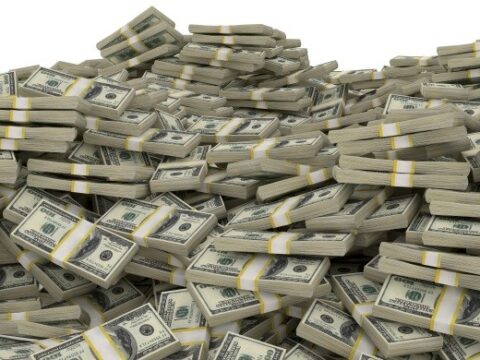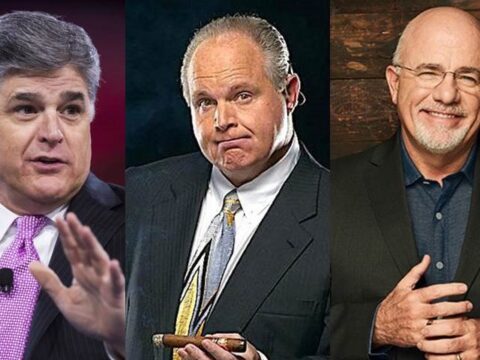- CALL US:
- (800) 969 2636
Radio Advertising With Dynamic Pricing
A Think Tank Just For Radio
October 25, 2012Radio Advertising By The Numbers In Fourth Quarter
November 1, 2012 If you follow me on Twitter (@Kondylas), you know that I occasionally post about a cool start-up company called Uber. Uber is an on-demand private driver available in many large cities (and complete with the spotless black town car or SUV) that aims to replace taxis and limos. You can request a ride at any time using either an iPhone or Android app, or directly from their website, and they deliver all the bells and whistles you would expect from a San Francisco-based company.
If you follow me on Twitter (@Kondylas), you know that I occasionally post about a cool start-up company called Uber. Uber is an on-demand private driver available in many large cities (and complete with the spotless black town car or SUV) that aims to replace taxis and limos. You can request a ride at any time using either an iPhone or Android app, or directly from their website, and they deliver all the bells and whistles you would expect from a San Francisco-based company.
Last year, Uber started using something that media companies have always used: dynamic pricing. As demand goes up, so does the cost of the service. And as demand falls and inventory becomes more available, prices go down too. This concept is one important piece of a free market economy and you see it in the prices of hotels, airline tickets, car rentals, concert tickets on Stubhub, and even strawberries at the grocery store. Dynamic pricing allows for a more efficient allocation of resources. It also means that buying something that is in high demand could cost you a great deal more than you want (or can afford) to pay.
The key to buying media in a market that uses dynamic pricing is knowing when and where prices will surge and either buying early, or buying around unreasonably high prices. One well-known example in the media industry is what’s called the “political window.” In an election year, radio and television stations know that political campaigns will buy a lot of their inventory in September and October, and they know that demand will only get stronger as the election gets closer, so they raise the cost. As an advertiser in 2012, that means you’re competing with the deep pockets of Barack Obama and Mitt Romney — as well as dozens of local and state campaigns — in a bidding war for each :30 or :60 second commercial.
If you’ve ever been to New York City on New Year’s Eve, you know that it’s almost impossible to get a taxi after midnight. When Uber used dynamic pricing last year, they saw the cost of their services spike to 700% of a typical fare … and people STILL purchased rides when they couldn’t get a taxi. There are many times in a normal year that radio stations raise prices to meet demand just like Uber did after the ball dropped. The trick is knowing the radio market and how to time it.
Contact us if you’d like to put together a plan.
 Drew Kondylas is a Marketing Consultant at The Radio Agency. Please follow The Radio Agency’s Blog “Sounding Board” by subscribing to the email or RSS links above. Visit our website TheRadioAgency.com
Drew Kondylas is a Marketing Consultant at The Radio Agency. Please follow The Radio Agency’s Blog “Sounding Board” by subscribing to the email or RSS links above. Visit our website TheRadioAgency.com



